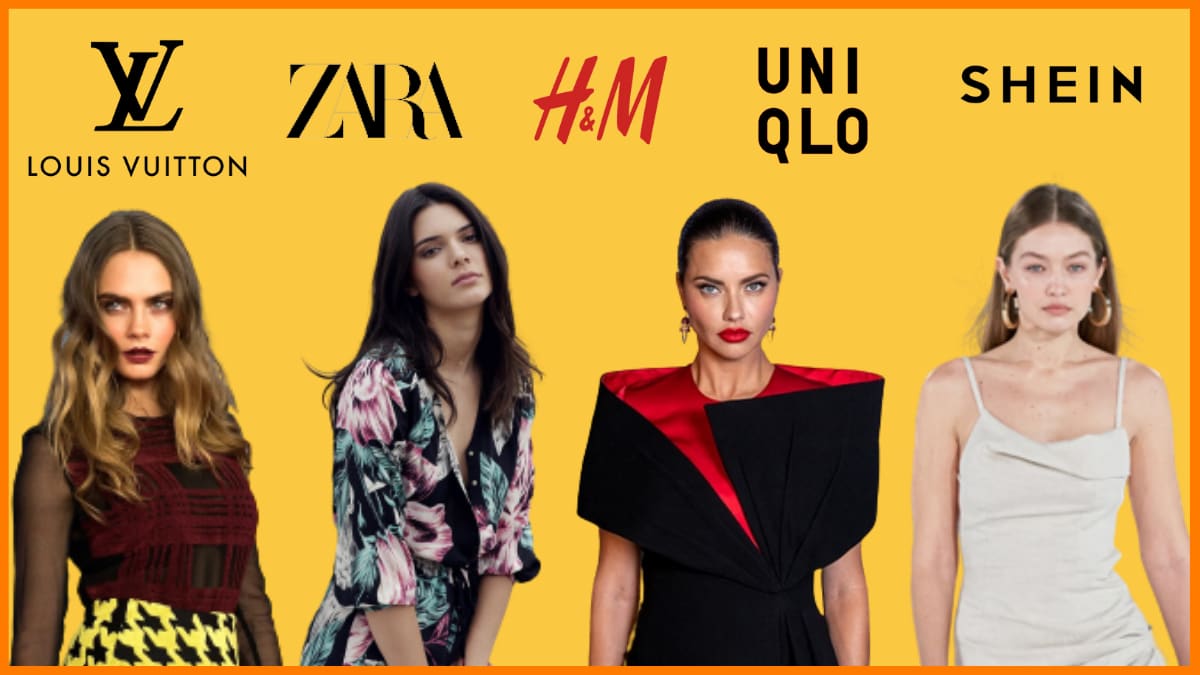Recently, Sourcing Journal quoted John Thornbeck, chairman of Chainge Capital, stating that fast fashion is the rapid translation of design trends into multi-channel volume. Fast fashion is a significant disrupter in the retail industry today. Thornbeck emphasized that disruptive innovations, products, or services that transform an existing market by introducing simplicity, convenience, accessibility, and affordability have the most positive impact on a company.
Pioneers of Fast Fashion
Zara
Zara, Inditex’s leading brand, has been a pioneer in swiftly bringing new fashions, designs, and ideas to its stores. Zara’s continuous push of on-trend merchandise into the supply chain ensures its stores are stocked with the latest fashions at saleable prices. Many new ideas from fashion shows in New York, Paris, and Milan quickly make their way to Zara’s racks.
Mango
Another successful Spanish fashion company, Mango, understands that fast fashion pays off. Moving merchandise quickly from the designer’s table to the retail sales floor has influenced the entire global retail industry, attracting competition from companies like H&M and Forever 21. Their consumers appreciate a “new look” that can be worn temporarily and view the merchandise as a temporary treasure, not something to keep forever.
Impact on Traditional Retailers
A few years ago, companies like J.C. Penney, Kohl’s, and Macy’s adopted Zara’s approach, accelerating deliveries from the Far East to their stores. Delivery times were cut by more than half by coordinating production and streamlining the supply chain. Technology aided the speed, but it was the realization that new fashions had to be on the sales floor promptly before consumer attention shifted. I.N.C., a private brand at Macy’s and Bloomingdale’s, quickly and effectively reflects the latest fashion trends, making it a huge success in both chains. Customers regard I.N.C. merchandise as an on-trend fashion brand.
Benefits of Fast Fashion
The benefits of fast fashion are substantial. Zara, for instance, experiences fewer markdowns because merchandise arrives “just in time,” creating demand and ensuring quick turnover. The company does not replenish sold-out styles but replaces them with new looks. Consumers know to purchase an item they like immediately because they will not see it again. This approach results in soaring profits due to lower markdowns and strong gross margins.
Emerging Competitors
New entries in fast fashion will further challenge the industry. Primark, in particular, is expected to be a tough competitor. Primark operates 298 stores in Europe and plans to open two store locations in the United States this year, with six more scheduled for next year. This Irish company thrives on selling high volumes of basic merchandise at very cheap prices and supplements its basic assortment with trendy fashions. The two U.S. stores, one in Boston, MA, now open, and one in King of Prussia, PA, opening soon, will be the first of many U.S. locations. Primark stores are generally unattractive, as management believes the merchandise must speak for itself.
The Future of Fast Fashion
Adopting a fast fashion approach allows retailers to be more fashion-forward, innovative, and service-oriented. Fast fashion is about more than survival; it represents a way to grow at a time when growth is hindered by customer apathy. Fast fashion leaders like Zara and emerging competitors like Primark show that being quick to market with new designs can lead to substantial profitability and consumer loyalty.






